CarEdge saved me over 4,500 dollars on a brand new Honda Pilot. I can't say thank you enough.
Price intelligence
Find a wide range of vehicle listings with market insights on new and used listings near you.
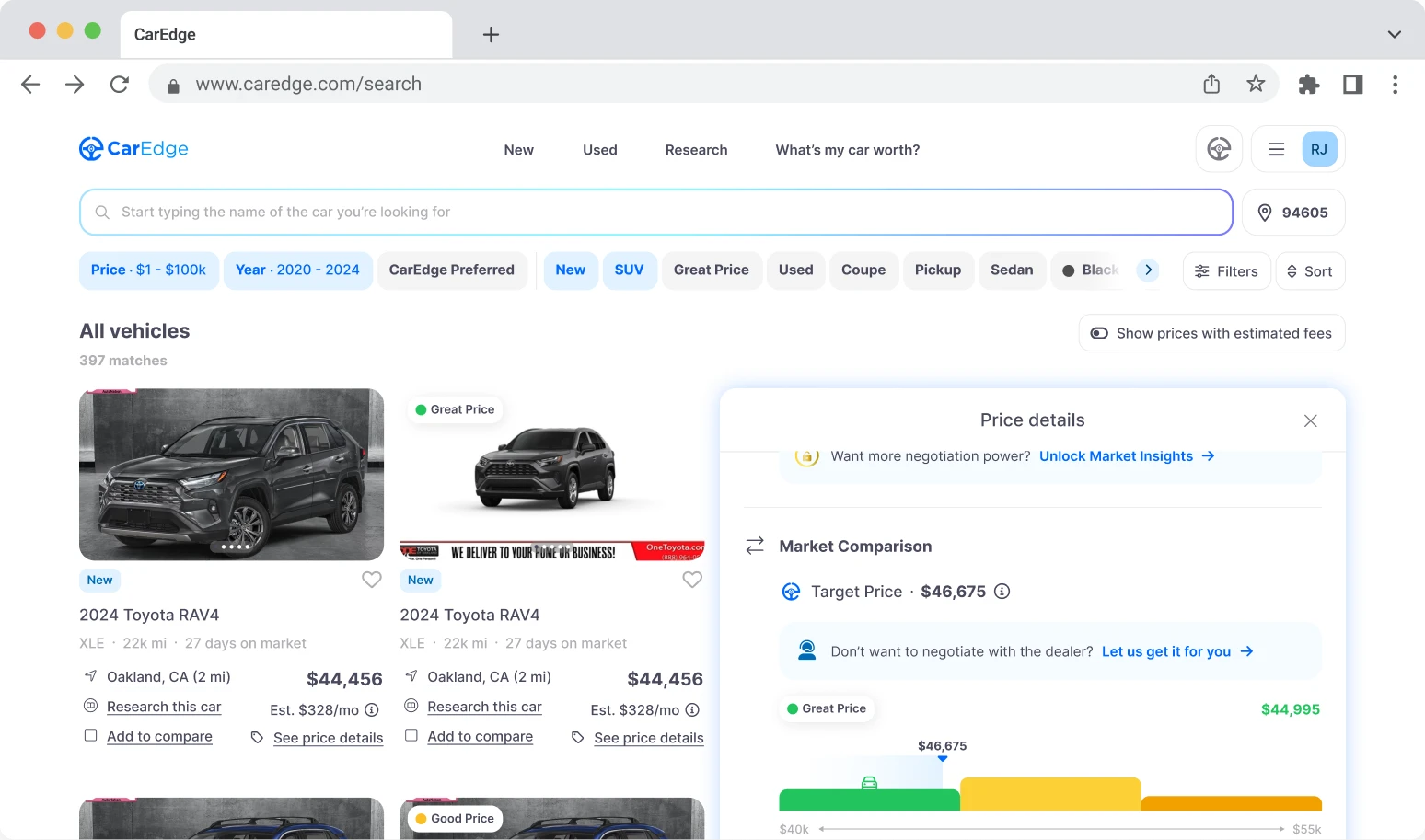

Help us personalize your CarEdge experience — it only takes a second.
Your answers help us personalize your CarEdge journey — we’ll follow up with tips and next steps that match your buying timeline.

Timing your car purchase just right can save you thousands of dollars. Knowing when to shop (and when not to) can make all the difference. Dealership routines, monthly sales targets, and inventory cycles reveal some clear strategies that smart car buyers use to their advantage. Here’s how auto industry experts break down the best times to buy by day, month, and season.
Timing can make or break your car deal. If you’re wondering when the best time to buy a car is, you’re not alone. The answer depends on when you walk into the dealership just as much as what you’re shopping for.
Whether you’re buying new or used, here’s what you need to know:
The best time to buy a car is late in the day, late in the month, and especially in December.
Let’s get into why these times benefit buyers the most, and offer real opportunities for savings.
Most car shoppers hit the dealership on the weekend, and that’s exactly what you should avoid. We asked CarEdge Co-Founder and 44-year industry veteran Ray Shefska what he recommends to shoppers looking to time their purchase right. After decades in the business, this wasn’t a tough question to answer.
“The best day to buy? Wednesday. Traffic is light, and if you show you’re serious about buying that day, you’re more likely to find a motivated salesperson ready to make a deal. Try going late in the day, near closing time. That’s when some staff just want to wrap up the day—and a quick deal might be just what they’re looking for.”
— Ray Shefska, CarEdge Co-Founder
Key Tip: Shopping midweek (especially Wednesday afternoons) gives you a better shot at undivided attention and more aggressive pricing.
Salespeople and managers live by monthly quotas. That’s why the last few days of the month are when deals start to heat up.
Why? Dealers need to hit targets to earn bonuses from the manufacturer. If they’re a few cars away from their goal, they’ll often offer steep discounts just to get a deal done.
All-around best time: The final 2–3 days of the month, especially if they fall midweek.
End-of-quarter sales goals are even bigger than monthly goals. That means the last days of March, June, September, and December are the most negotiable of all. If you can time your car purchase to line up with the end of the quarter, you’re setting yourself up for success when negotiating the out-the-door price.
Here’s the overall best-case scenario: Walk into a dealership late on a Wednesday afternoon that also happens to be the last day of the month and the end of a quarter, and you’ve hit the sweet spot.
Hands down, the best month to buy a car is December. Why?
Look for:

Want to stack the odds even more in your favor? These extra strategies go beyond timing to help you land the best possible deal.
Take these free car buying cheat sheets with you to the dealership! Trust me, it’s worth dusting off that printer to have expert insights in your hands. Download them for free!
You’ve got questions, and we’ve got answers. Here’s all you need to know about the best time to buy a car.
Q: What day is best to buy a car?
A: Wednesday, especially in the afternoon when foot traffic is light and staff is more focused.
Q: Why is the end of the month better for buying a car?
A: Dealers and sales staff are trying to hit monthly sales goals, so they’re more motivated to cut deals.
Q: Why is December the best month to buy a car?
A: In December, dealerships offer major year-end discounts to move inventory, especially on last year’s models.
Q: Should I avoid buying early in the month?
A: Usually, yes. Salespeople feel less pressure early in the month, so you’re less likely to get the best offer. The exception is when holiday car sales fall early in the month, like Independence Day for example.
Q: What if I’m buying used?
A: The same timing rules apply, at least when shopping at used car dealerships. If you’re buying from private sellers, timing is less important. However, be sure to get a pre-purchase inspection to protect your wallet, and see the original window sticker.
CarEdge is a trusted resource for car buyers, offering data-backed insights, negotiation tools, and expert guidance to help consumers save time and money. Since 2019, CarEdge has helped hundreds of thousands of drivers navigate the car-buying process with confidence. Learn more at CarEdge.com.
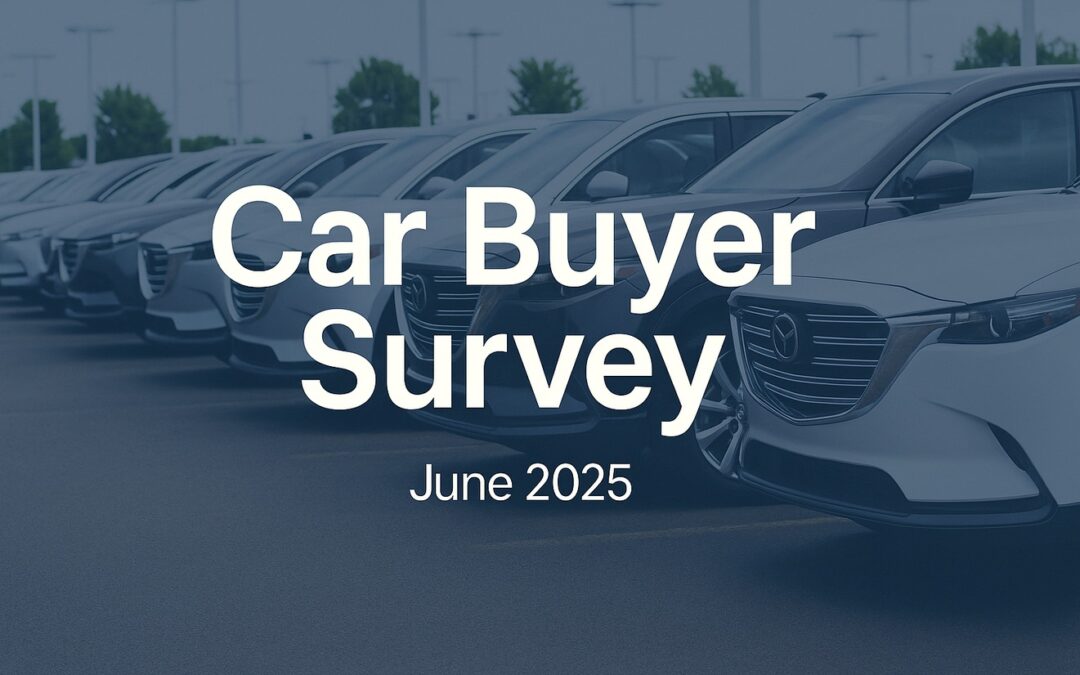
![The Most Reliable Trucks According to Consumer Reports [2025]](https://caredge.com/wp-content/uploads/2025/06/2025-Ford-Ranger-1080x675.jpg)
Truck owners rely on their pickups to go the distance, but not all trucks are built to last. With repair costs and new truck prices on the rise, reliability is more important than ever. In this guide, we highlight the most dependable pickup trucks for 2025, based on data from Consumer Reports.
Consumer Reports rates reliability on a scale of 0 to 100. Sadly, few trucks earn top scores in 2025. Without further ado, here are the most reliable pickup trucks right now.
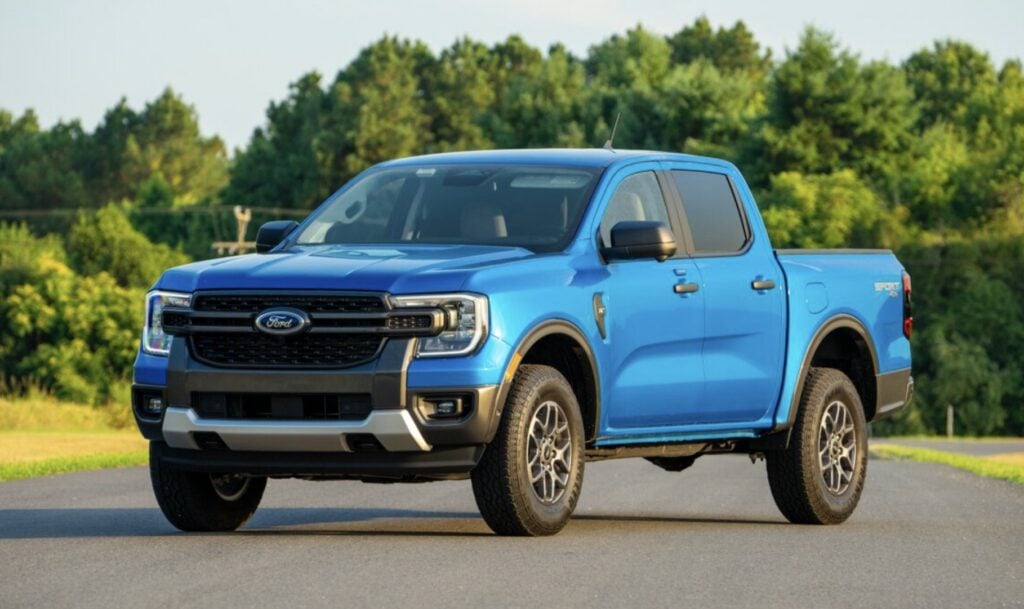
In 2025, the brands with the most reliable cars don’t necessarily produce reliable trucks. For those looking for a dependable full-size pickup truck, it’s easier said than done. Three of the top five most reliable pickups are small or midsize trucks. Ford trucks perform especially well this year, with the Ford Ranger earning the title of most reliable truck in 2025. America’s best-selling truck, the Ford F-150, is also in the top 5.
These are the most reliable pickup trucks in 2025:
| Make | Model | Year | Reliability Score | Base MSRP |
|---|---|---|---|---|
| Ford | Ranger | 2025 | 65 / 100 | $35,025 - $49,310 |
| Ford | Maverick | 2025 | 59 / 100 | $29,840 - $43,120 |
| Honda | Ridgeline | 2025 | 59 / 100 | $41,600 - $48,200 |
| Jeep | Gladiator | 2025 | 50 / 100 | $40,095 - $63,095 |
| Ford | F-150 | 2025 | 40 / 100 | $39,645 - $77,495 |
The Honda Ridgeline remains a top choice for reliability, despite years of sluggish sales. Honda sold just 45,000 copies of the Ridgeline in all of 2024. It’s also surprising to see the Jeep Gladiator earn a higher reliability score than several full-size rivals. Jeep is offering thousands of dollars in cash discounts as the Gladiator is also a slow seller.
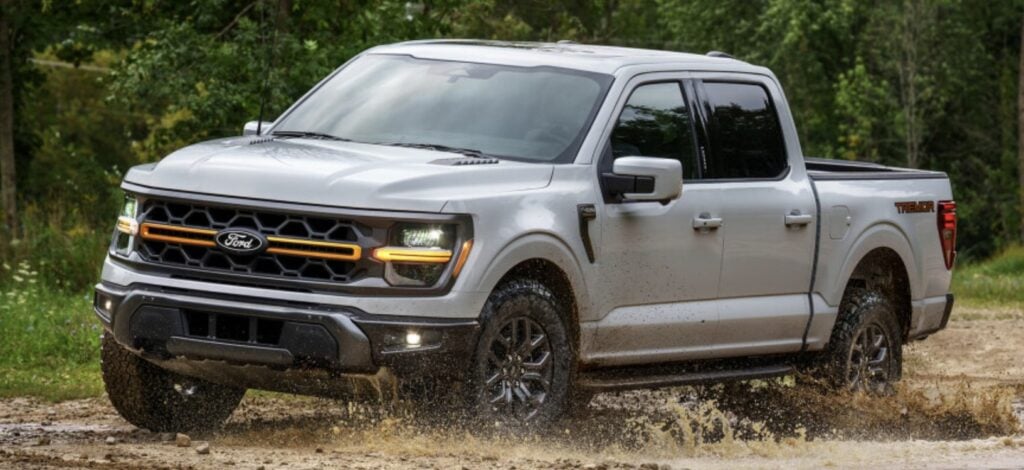
Full-size trucks are built for toughness, but reliability varies more than you might expect. Ford claims the top spot this year, but it’s a tight race among America’s most popular pickups. Toyota’s Tundra edges into the top five despite a lower score, showing promise as a newer generation model matures.
| Make | Model | Year | Reliability Score | Base MSRP |
|---|---|---|---|---|
| Ford | F-150 | 2025 | 40 / 100 | $39,645 - $77,495 |
| Chevrolet | Silverado 1500 | 2025 | 39 / 100 | $37,845 - $68,695 |
| GMC | Sierra 1500 | 2025 | 39 / 100 | $39,145 - $86,890 |
| Ram | Ram 1500 | 2025 | 37 / 100 | $42,370 - $89,170 |
| Toyota | Tundra | 2025 | 32 / 100 | $42,035 - $66,035 |
According to Consumer Reports, no full-size trucks score high on reliability. Ford manages to lead the pack barely with the F-150. Toyota, Ram and GM trucks all make the top five, but that’s not saying much considering that all score well below 50.
Reliability is just one piece of the equation when it comes to shopping for the best truck. Depreciation, fuel economy, and total cost of ownership are all important too. See the best-value trucks today with CarEdge Research.
Want to compare every 2025 pickup model side-by-side? Here’s the full list, ranked by Consumer Reports’ predicted reliability score.
| Make | Model | Year | Reliability Score | Base MSRP |
|---|---|---|---|---|
| Chevrolet | Silverado 1500 | 2025 | 39 / 100 | $37,845 - $68,695 |
| Chevrolet | Silverado EV | 2025 | 30 / 100 | $57,095 - $97,895 |
| Chevrolet | Colorado | 2025 | 15 / 100 | $33,595 - $62,895 |
| Ford | F-150 | 2025 | 40 / 100 | $39,645 - $77,495 |
| Ford | Ranger | 2025 | 65 / 100 | $35,025 - $49,310 |
| Ford | Maverick | 2025 | 59 / 100 | $29,840 - $43,120 |
| Ford | F-150 Hybrid | 2025 | 7 / 100 | $47,395 - $80,160 |
| Ford | F-150 Lightning | 2025 | 28 / 100 | $51,975 - $87,190 |
| GMC | Canyon | 2025 | 15 / 100 | $40,095 - $67,030 |
| GMC | Sierra 1500 | 2025 | 39 / 100 | $39,145 - $86,890 |
| Honda | Ridgeline | 2025 | 59 / 100 | $41,600 - $48,200 |
| Hyundai | Santa Cruz | 2025 | 34 / 100 | $30,200 - $44,200 |
| Jeep | Gladiator | 2025 | 50 / 100 | $40,095 - $63,095 |
| Nissan | Frontier | 2025 | 27 / 100 | $33,560 - $47,120 |
| Ram | Ram 1500 | 2025 | 37 / 100 | $42,370 - $89,170 |
| Rivian | R1T | 2025 | 20 / 100 | $71,700 - $101,700 |
| Tesla | Cybertruck | 2025 | 27 / 100 | $72,235 - $102,235 |
| Toyota | Tacoma | 2025 | 29 / 100 | $33,085 - $54,050 |
| Toyota | Tundra | 2025 | 32 / 100 | $42,035 - $66,035 |
The F-150 Hybrid is the least reliable truck in 2025, with a Consumer Reports reliability rating of just 7 out of 100. The Chevrolet Colorado and GMC Canyon also perform poorly. Among the electric trucks, the Silverado EV is the most reliable, and the Rivian R1T is the least reliable.
A reliable truck saves you thousands in repairs, but it’s just one part of the equation. Factors like towing capacity, fuel economy, safety, and comfort also matter, and that’s where CarEdge can help.
Check out best value ratings for new and used trucks. It’s free data!
Need help choosing your next truck? CarEdge’s expert Concierges are here to guide you every step of the way, from comparing options to negotiating the best price. Looking for a DIY route to negotiation? CarEdge Pro is your toolkit to savings. With our help, you’ll find a truck that works as hard as you do, at the best price.

If you’re shopping for a new car, don’t overlook one of the most underrated ways to save money long-term: the manufacturer warranty. A strong new car warranty doesn’t just give you peace of mind, it can protect your wallet from major repair costs for years to come.
So, who’s offering the best new car warranties in 2025? After comparing warranty coverage across all major automakers, five brands clearly stand out.
But first, here’s what actually matters in a new car warranty.
A good warranty offers peace of mind. A great one can save you thousands. Here’s what to look for when comparing new car warranties in 2025:
The gold standard for bumper-to-bumper (or “limited”) warranties is five years or 60,000 miles. Most brands only offer three years or 36,000 miles, so anything longer is a major plus. Powertrain warranties are even more important since they cover the engine, transmission, and drivetrain. The best warranties offer at least 8 years or 100,000 miles of powertrain protection.
Electric and hybrid vehicles need specialized protection. That’s why the best EV warranties also include dedicated coverage for battery packs, electric drive components, and onboard charging systems. Look for at least eight years and 100,000 miles of EV battery coverage.
A corrosion warranty protects you if the body of your car starts to rust. While this is less common than mechanical failures, it’s especially important in regions with snowy winters and salted roads. Most brands offer 5 to 7 years of corrosion protection, but a few offer up to 12 years of unlimited-mileage rust coverage.
Free maintenance can save you hundreds of dollars during the first few years of ownership. It typically includes oil changes, tire rotations, fluid top-offs, and inspections. Brands like Hyundai and Kia offer 3 years or 36,000 miles.
Some brands bundle in extras like 24/7 roadside assistance, rental car reimbursement, and trip interruption coverage. These added perks can offer peace of mind if something goes wrong far from home.
With the fine print covered, now it’s time to look at the five best new car warranties in 2025.
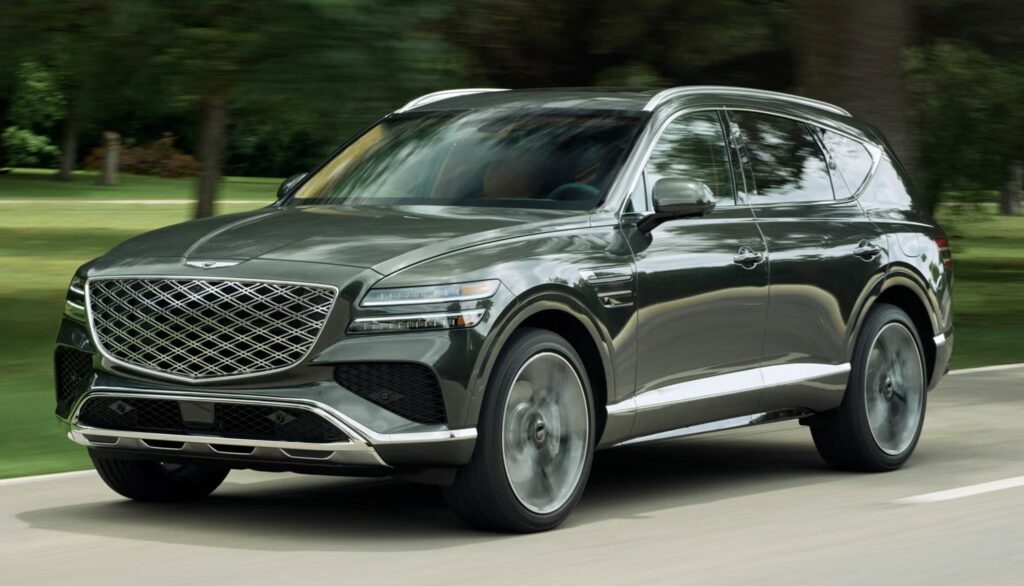
Why it’s great: Unbeatable all-around coverage with luxury perks
Genesis nails every category: long-lasting coverage, excellent powertrain protection, and free maintenance for the first three years. It’s everything you’d expect from a luxury brand and then some.
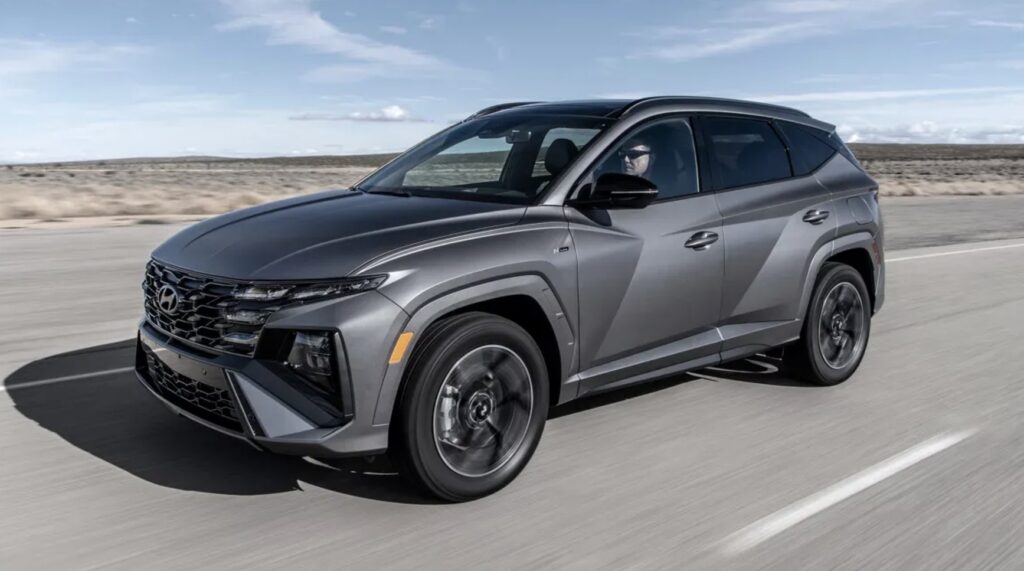
Why it’s great: Affordable vehicles with extensive warranty protection
Hyundai continues to lead the industry in value. From the Palisade and Elantra to the all-new IONIQ 9, Hyundai backs its vehicles with generous coverage and cost-saving maintenance, regardless of powertrain.
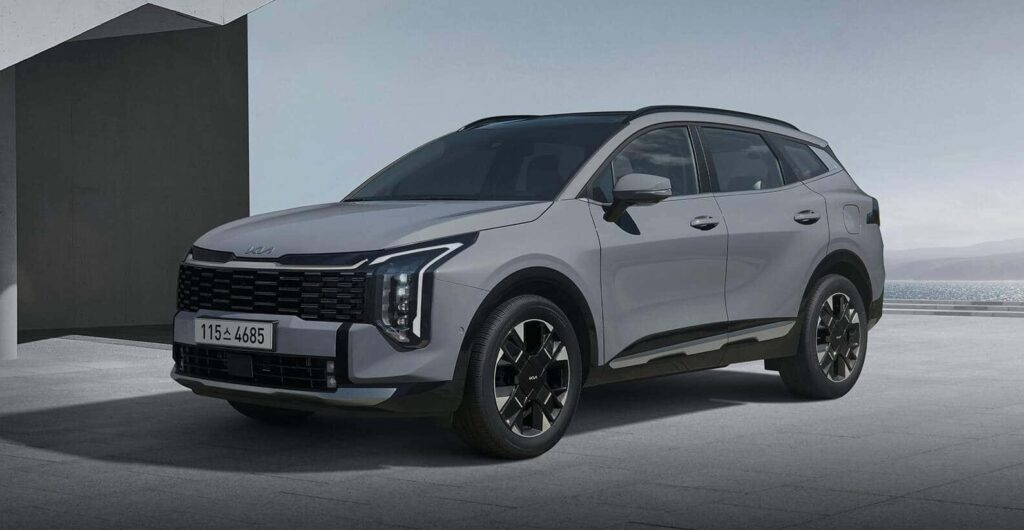
Why it’s great: Excellent coverage from bumper to battery
Like its corporate siblings Hyundai and Genesis, Kia offers outstanding protection on every front. And with more hybrid and electric models in its lineup, that battery warranty is a big deal.
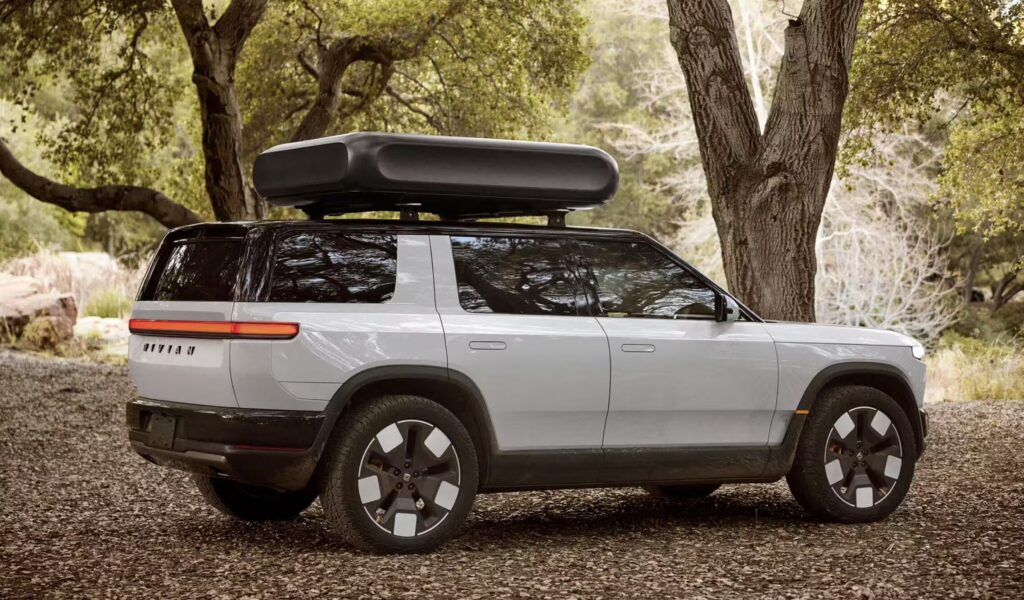
Why it’s great: Stellar EV battery coverage and corrosion protection
Rivian’s warranty is tailor-made for EV buyers. While its bumper-to-bumper coverage is typical for a premium brand, the battery and corrosion warranties go above and beyond.
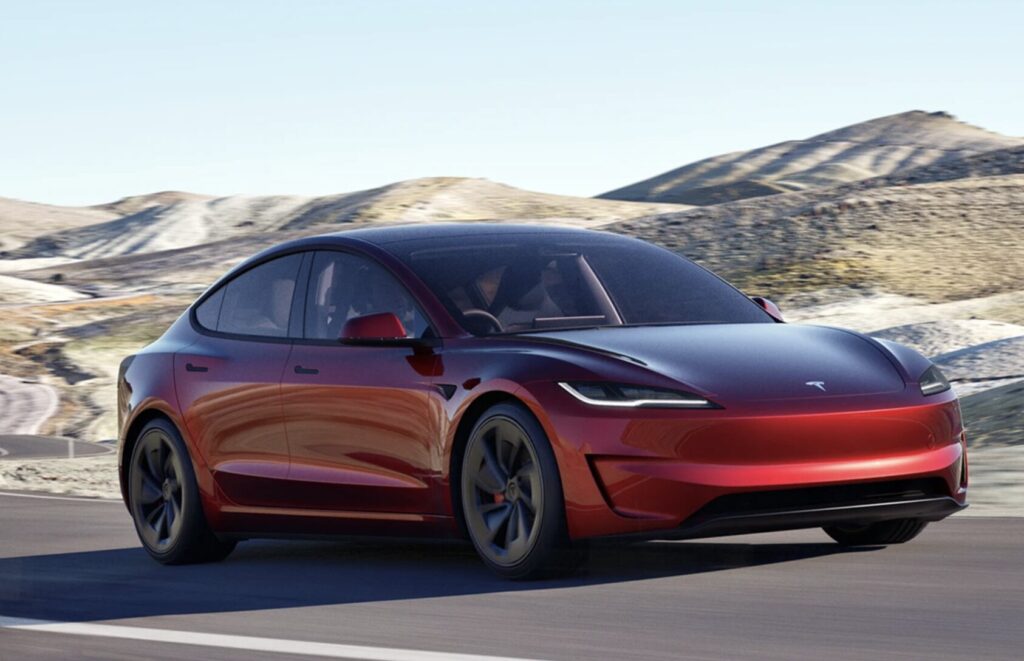
Why it’s great: Long battery and corrosion coverage, especially on premium models
Tesla’s warranties vary by model, but the battery coverage is strong where it matters. The standout is its 12-year corrosion warranty with unlimited miles.

Why it’s great: Hyundai-level warranty with fewer perks
Mitsubishi’s coverage mirrors the Korean giants but falls just short due to shorter free maintenance.
These automakers are leading the pack when it comes to new car warranty protection in 2025. While most brands offer similar baseline coverage, these five go the extra mile to protect your wallet. Understandably, EV brands offer additional coverage to encourage buyers to make the switch.
Why don’t American brands like Ford, Chevrolet, and Ram offer the best warranties? Perhaps they don’t feel that extended coverage is necessary to maintain customer loyalty. Or, they’re relying on brand recognition to move vehicles off the lot. But in an era of rising repair costs and shrinking consumer trust, better warranty coverage is one of the clearest ways an automaker can stand behind its vehicles.
It’s always smart to compare maintenance costs before you buy. See maintenance expenses, depreciation forecasts, and so much more with CarEdge Research. It’s 100% free data!
What’s better than the best new car warranty? Coverage that goes even further. protect your vehicle BEYOND the limited warranty with a Vehicle Service Contract from CarEdge. It’s the same coverage others offer at a lower price. Get your quote today →
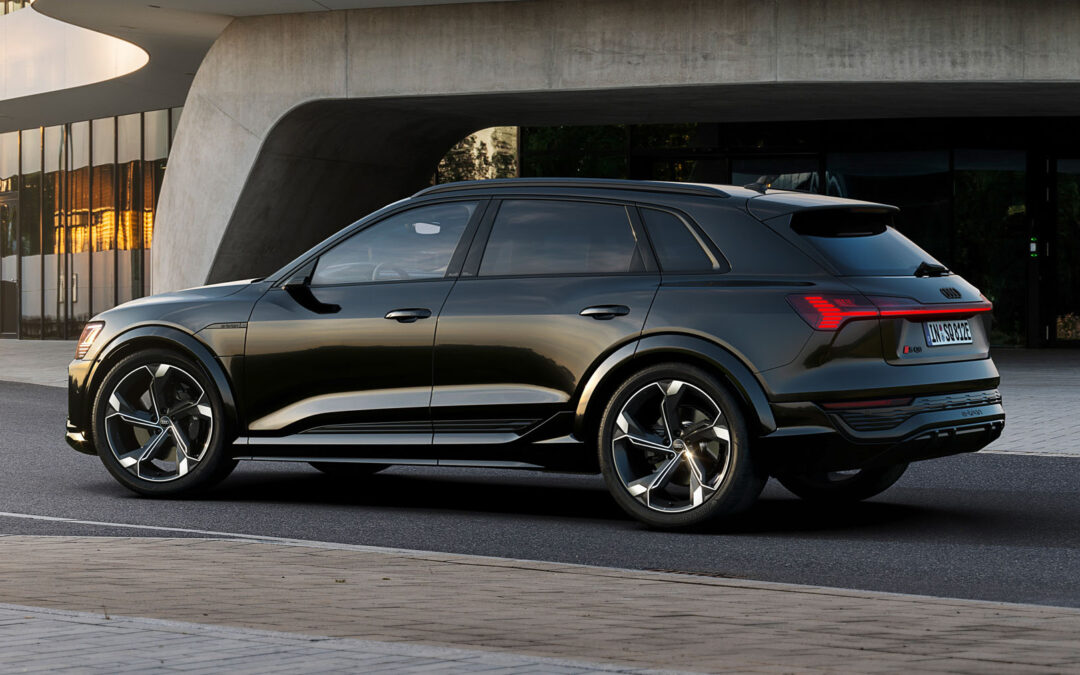
For the first time in over a year, new electric vehicle registrations in the U.S. fell year-over-year in April, and Tesla was at the center of the slide.
According to fresh data from S&P Global Mobility via Automotive News, new EV registrations dropped 4.4% in April 2025 compared to the same month last year. In total, 97,833 new EVs hit the road, down from over 102,000 in April 2024. That’s the first annual decline in 14 months, and it pushed EV market share down to 6.6%, compared to 7.4% a year ago.
The EV market has been anything but predictable. While more models and affordable options are available than ever before, many American car buyers remain hesitant. Political uncertainty isn’t helping either. Federal tax credits have faced renewed scrutiny, and Tesla, the EV market leader, has become a lightning rod in national debates. In April, Tesla’s 16% drop in registrations was a major factor behind the segment’s overall decline.
“Many consumers are still on the fence about going electric,” said Ray Shefska, auto industry veteran and CarEdge Co-Founder. “Charging infrastructure, resale value, and battery concerns continue to hold buyers back, even with some very compelling offers in the market.”

Tesla remains the top-selling EV brand, but its April numbers were rough: registrations fell 16% year-over-year to 39,913. The Cybertruck stumbled with just 1,680 new registrations, and the bestselling Model Y dropped 42% compared to last April. Only the Model 3 sedan managed to grow in April.
Meanwhile, Chevrolet surged in the No. 2 spot. Chevy more than tripled its EV registrations to 9,160, driven by strong sales of the Equinox EV and Blazer EV. The Equinox EV had 5,424 new registrations — making it the third-best-selling EV in April.
Ford claimed the third spot among EV brands, but its April numbers weren’t pretty. EV registrations fell 33% year-over-year to 5,534, with both the Mustang Mach-E and F-150 Lightning seeing double-digit drops. Only the E-Transit van saw growth.
Using CarEdge Pro, we can see which electric vehicles are selling quickly, and which are stagnating on dealership lots this summer. Market day supply is a measure of how many days it would take to sell all existing inventory at current average daily sales rates. Here’s a look at how 10 of the most popular EVs (Tesla aside) are doing in terms of inventory in June 2025:
| Make | Model | Market Day Supply | Total Sold (45 days) | Total For Sale |
|---|---|---|---|---|
| Acura | ZDX | 42 | 2,394 | 2,595 |
| Nissan | Ariya | 49 | 3,630 | 3,975 |
| BMW | i4 | 55 | 3,300 | 2,715 |
| Chevrolet | Equinox EV | 87 | 6,469 | 12,511 |
| Chevrolet | Blazer EV | 110 | 3,018 | 7,399 |
| Ford | Mustang Mach-E | 139 | 5,445 | 16,816 |
| Hyundai | IONIQ 5 | 157 | 16,470 | 4,708 |
| Cadillac | Lyriq | 160 | 2,346 | 8,346 |
| Ford | F-150 Lightning | 160 | 2,632 | 9,353 |
| Honda | Prologue | 201 | 2,781 | 12,408 |
Be sure to check out the overall fastest and slowest-selling cars of the month. Some models are becoming much more negotiable, especially those with 100+ days of inventory on dealer lots.
While full-year numbers are still up — EV registrations rose 11% from January to April — the monthly dip in April signals that momentum is slowing. Many EVs launch with hype and strong promotions, but interest often fades after early adopters purchase.
Only three EVs crossed 5,000 registrations in April: the Tesla Model Y, Model 3, and Chevrolet Equinox EV. Most other EVs struggled to break even 3,000, including the Hyundai Ioniq 5 (3,307), BMW i4 (2,707), Nissan Ariya (2,516), and Acura ZDX (2,315).
“Outside of Tesla and a few affordable newcomers like the Equinox, demand seems to be hitting a ceiling,” Shefska noted. “Buyers who want an EV have mostly already bought one — now automakers have to figure out how to reach everyone else.”
Even as demand levels off, incentives are heating up and inventory is rising. That means opportunities for deals, but only if you know where to look.
Want help negotiating a great price on an EV? The CarEdge Concierge team is saving EV buyers thousands by navigating dealer markups, incentives, and hidden fees.